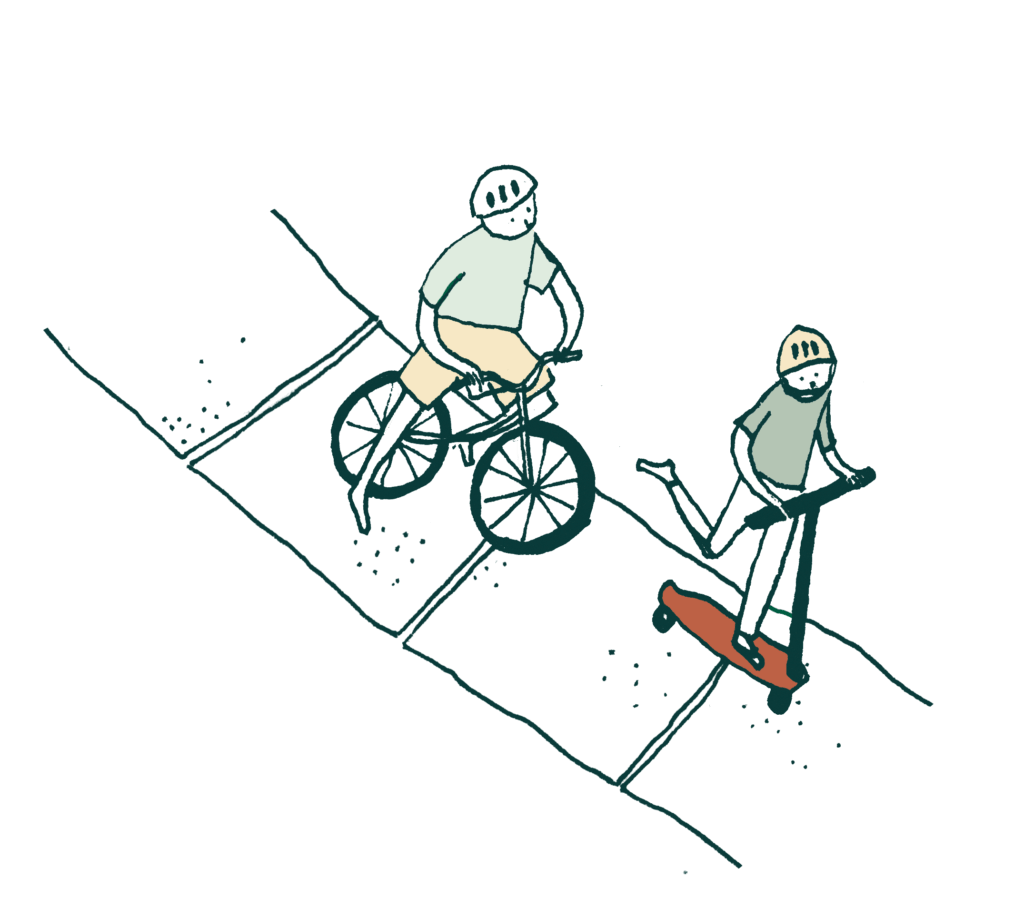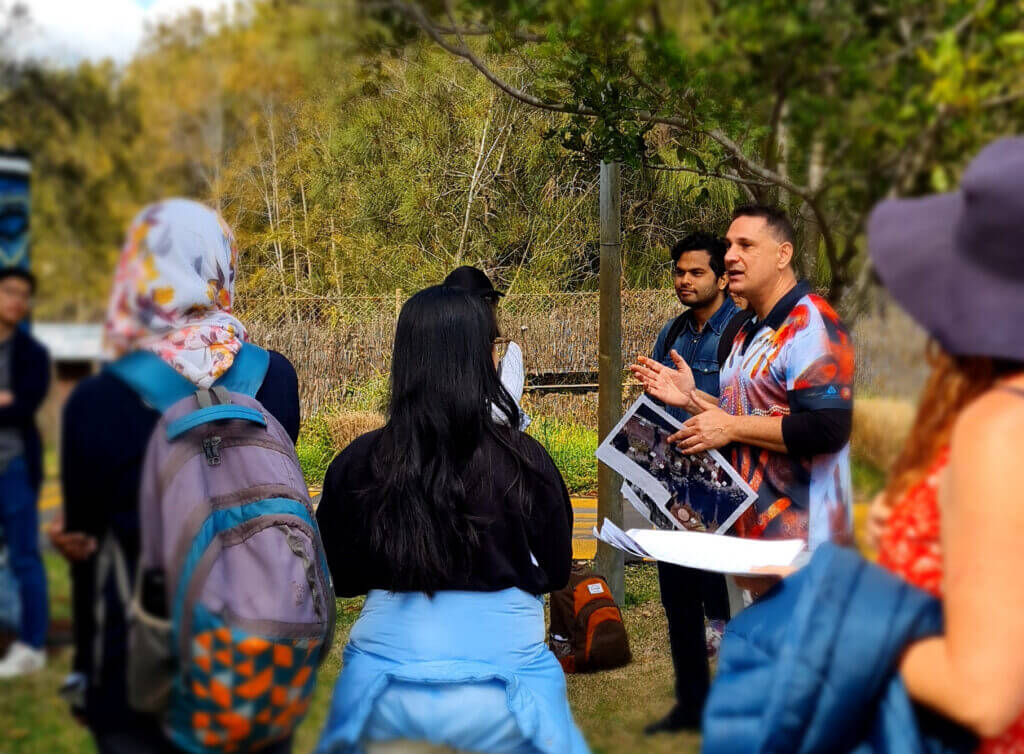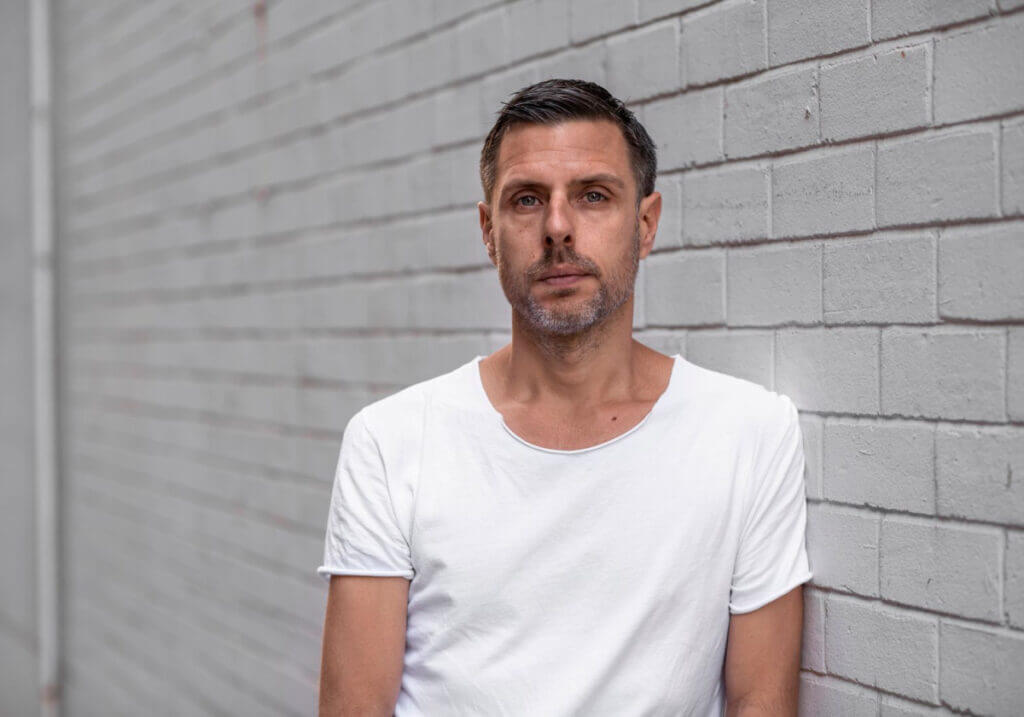Past Event
Cities for People:
a public lecture by
Jan Gehl
Danish architect and urbanist Jan Gehl on the importance of people-centred planning.
Hosted by City of Sydney and UTS
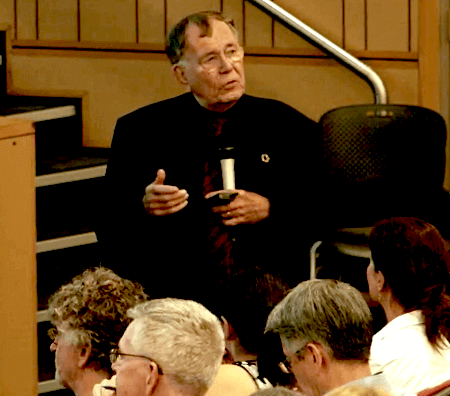
Held in November 2023, this public lecture was hosted by University of Technology Sydney, with Jan’s visit to Sydney enabled by City of Sydney. The lecture highlighted the work of Danish architect and urbanist Jan Gehl. Gehl is considered a pioneer of walkable cities. His long career has included many projects and visits to Australian cities, in particular his engagement with the City of Sydney since 2006. The lecture was a great opportunity, for those who follow his work, to hear from the man himself.
Watch on demand
A long and influential career
Gehl’s lecture took us through his own practice and foundations beginning with his study of Architecture at the Danish Academy of Fine Arts in Copenhagen, completed in 1961; to his work here in Sydney, which commenced in 2007 and ultimately led to the pedestrianisation of George Street in 2019.
Gehl described his time at Architecture School in Copenhagen in the 1950s as years spent “hovering over models and moving things around”, never “getting down to eye level” to see a place for what it was from a human perspective. Modernism in cities at that time was designed from a distance.
The mainstream influx of modernism from the 1960s, as well as the ubiquity of the motor car at a similar time, really shaped the mid-20th century urbanism model and gave way to the neglect of public spaces. As highways and freeways were built through our cities they changed the sights, sounds and usability of streets, lanes and squares. They also changed our perceptions of scale – in both movement, and size. Think of the scale between a bill poster on a footpath versus a highway billboard; or how long it takes to drive 800m compared with walking the same distance.
"We form the cities, but the cities form our quality of life."
- Jan gehl
Gehl asks everyone to recall what we mean by urban public space: through history we’ve had either a linear open space – places for moving; or a public square – a place for gathering, experiencing (and which, according to Gehl, must be no greater than 100m across to be a comfortable human scale).
The famous Map of Rome, the Pianta Grande di Roma, finished in 1748 by Architect Giambattista Nolli, otherwise universally known as ‘the Nolli Map’ is so interesting in the study of public space because it highlights so clearly the public spaces of the city, the squares and courtyards, and the way they interlock.
Gehl also describes the “grandmother of urban design today” Jane Jacobs as foundational to the study of public space and place. Jacobs’ fight to maintain the human-scale and vibrant network of small streets and lanes of Greenwich Village, in the face of plans (eventually cancelled) for the Lower Manhattan Expressway, is likely well-known to placemakers.
Gehl has now written seven books, and Public Space and Public Life, first published in 2006, has been translated into 38 languages. He believes this book resonated so widely because architects and others working in the built environment were coming to a common understanding, but still crying out for more human-focused templates to work from.
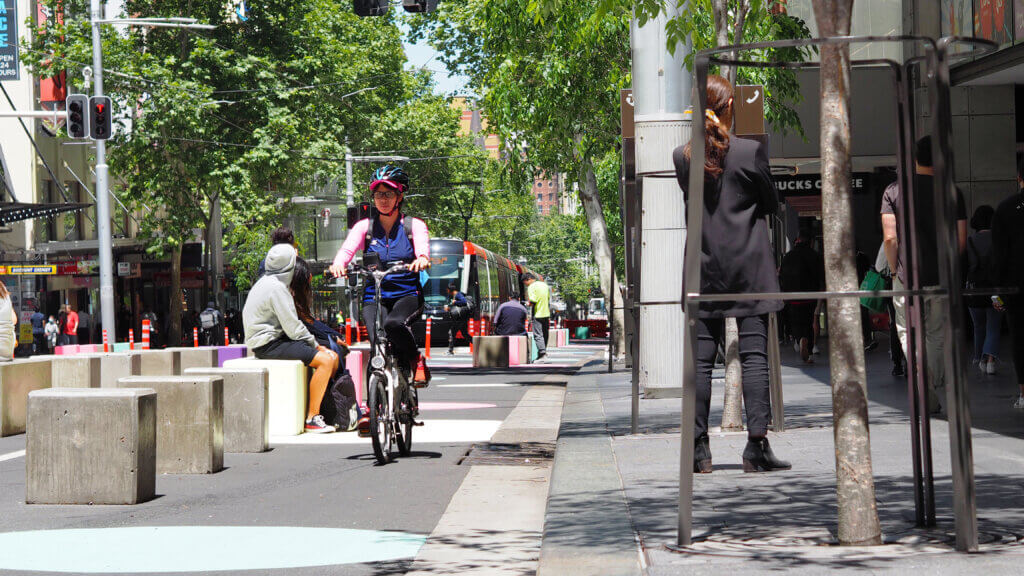
Gehl's work in Australia
Gehl first visited Australia in the 1970s and spent time teaching in Perth and Melbourne. He was invited to complete a detailed study by the City of Sydney in 2006, which in 2007 recommended key strategies to make the city work better for people. He said, at that time, the work was about changing the mindset – “only then could they think to change the city itself”.
As part of this study, Gehl described undertaking ‘test walks’ from one end of George Street to the other, finding that in some cases they spent 50% of their time waiting at lights to cross the road. George Street was found to be under-used by pedestrians, despite being the spine connecting the city. The footpaths are narrow, and cars and trucks prevailed.
Gehl’s influence has been incredible since his early work and public space is now central to new developments and its value over time has increased. The digital age has given people more time to recreate, to use spaces, and more flexibility in the way spaces are used.
Gehl believes the current challenge for practitioners is in getting people to walk and move more, making public spaces that keep us moving. This is echoed by the WHO Global Action Plan on Physical Activity 2018-2030 Strategic Objective 2, which asks us to “… strengthen the integration of urban and transport planning policies to prioritize the principles of compact, mixed-land use, at all levels of government [and] to deliver highly connected neighbourhoods to enable and promote walking, cycling, other forms of mobility ... and the use of public transport.” On the same note, Gehl also challenges his audience to consider “what would be a good city to grow old in?” as global populations in advanced economies are aging fast.
Gehl ends in acknowledging what he calls “the Danish connection” with Australia, from Jørn Utzen to Jan Gehl to Princess Mary. He describes the privilege of growing old in seeing “the ships you’ve pushed out to sea have taken the wind and sailed away”; there is enormous pride and satisfaction in his voice at these closing remarks, which is a joy to hear. His influence in Sydney and the world continues to grow and will be felt for years to come.
Connections
Creating quality public spaces that are accessible, safe, and welcoming for all is vital for building resilient, interconnected societies where individuals can thrive collectively.
